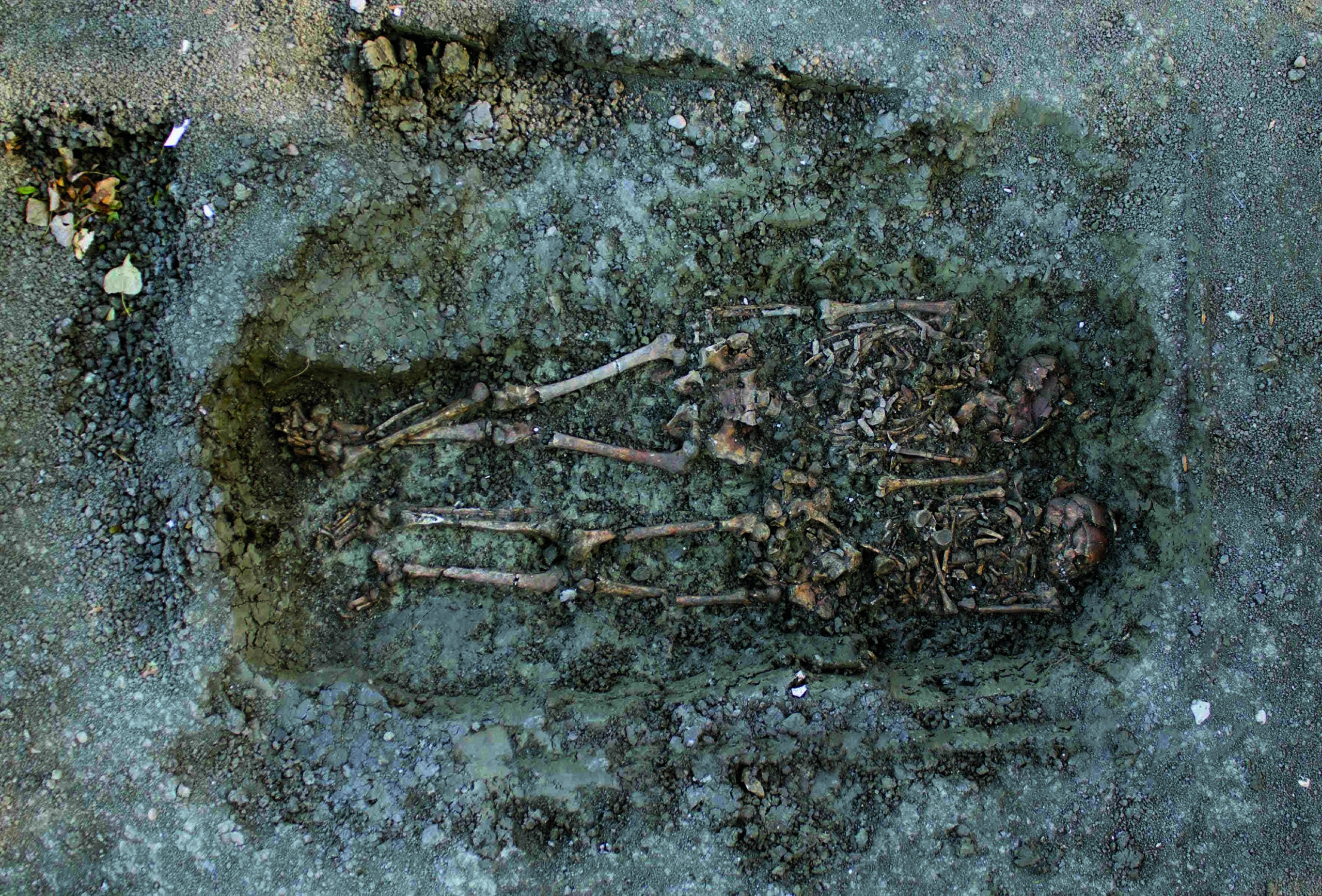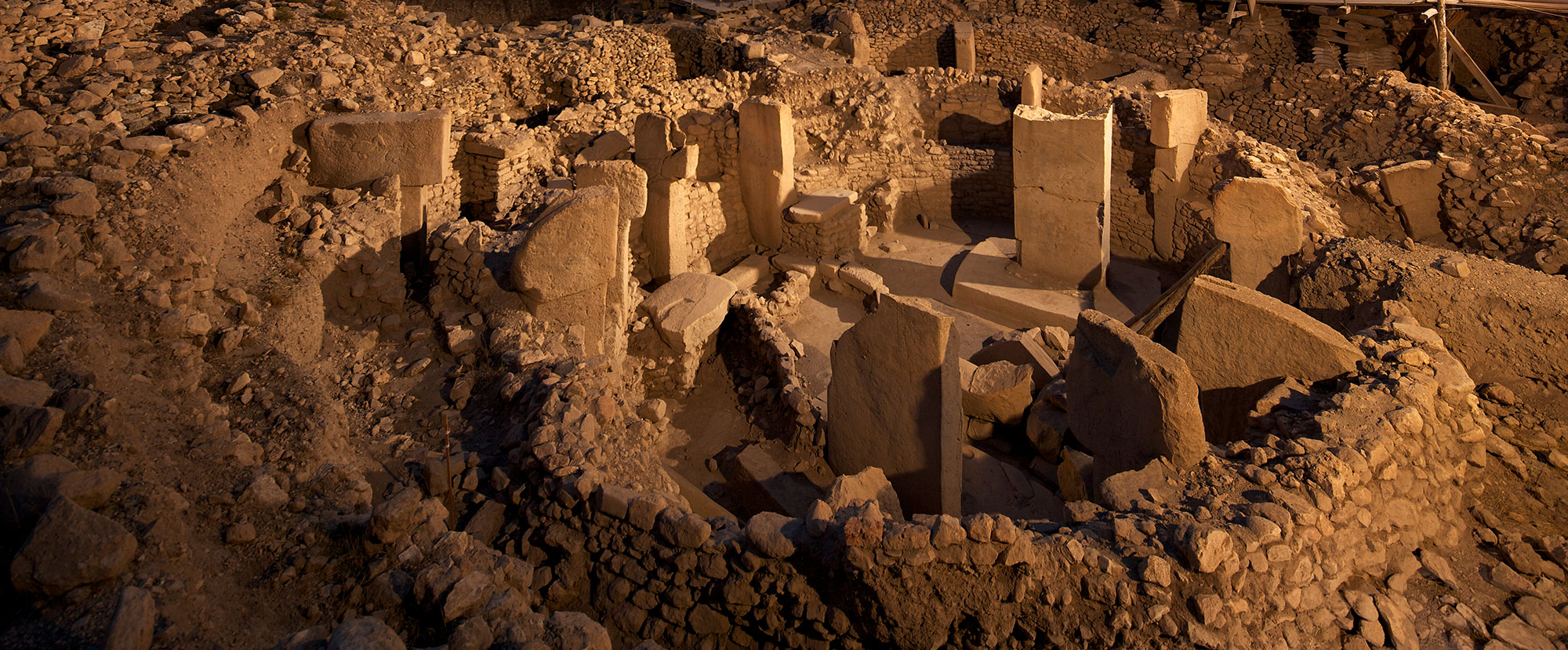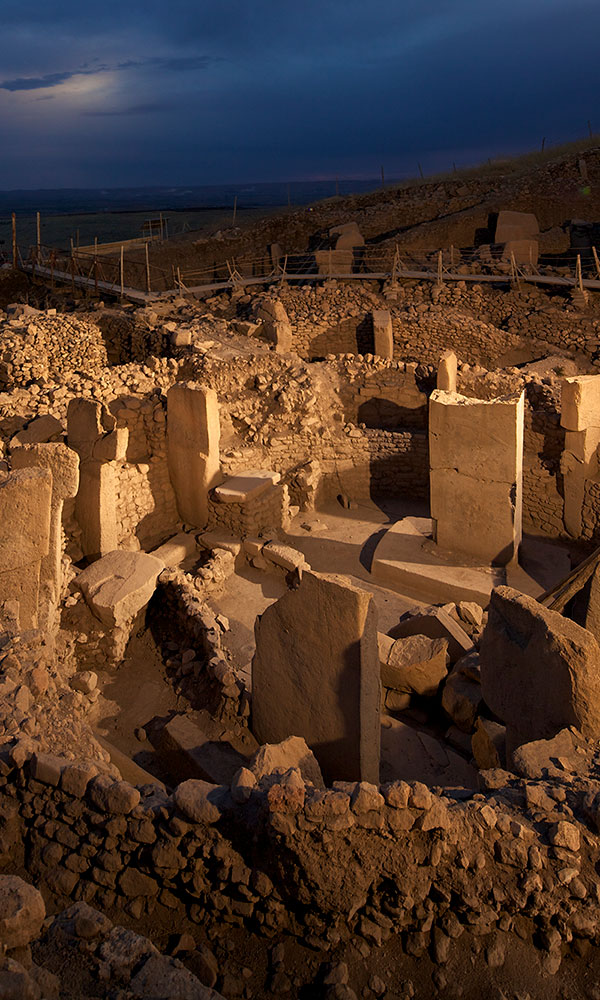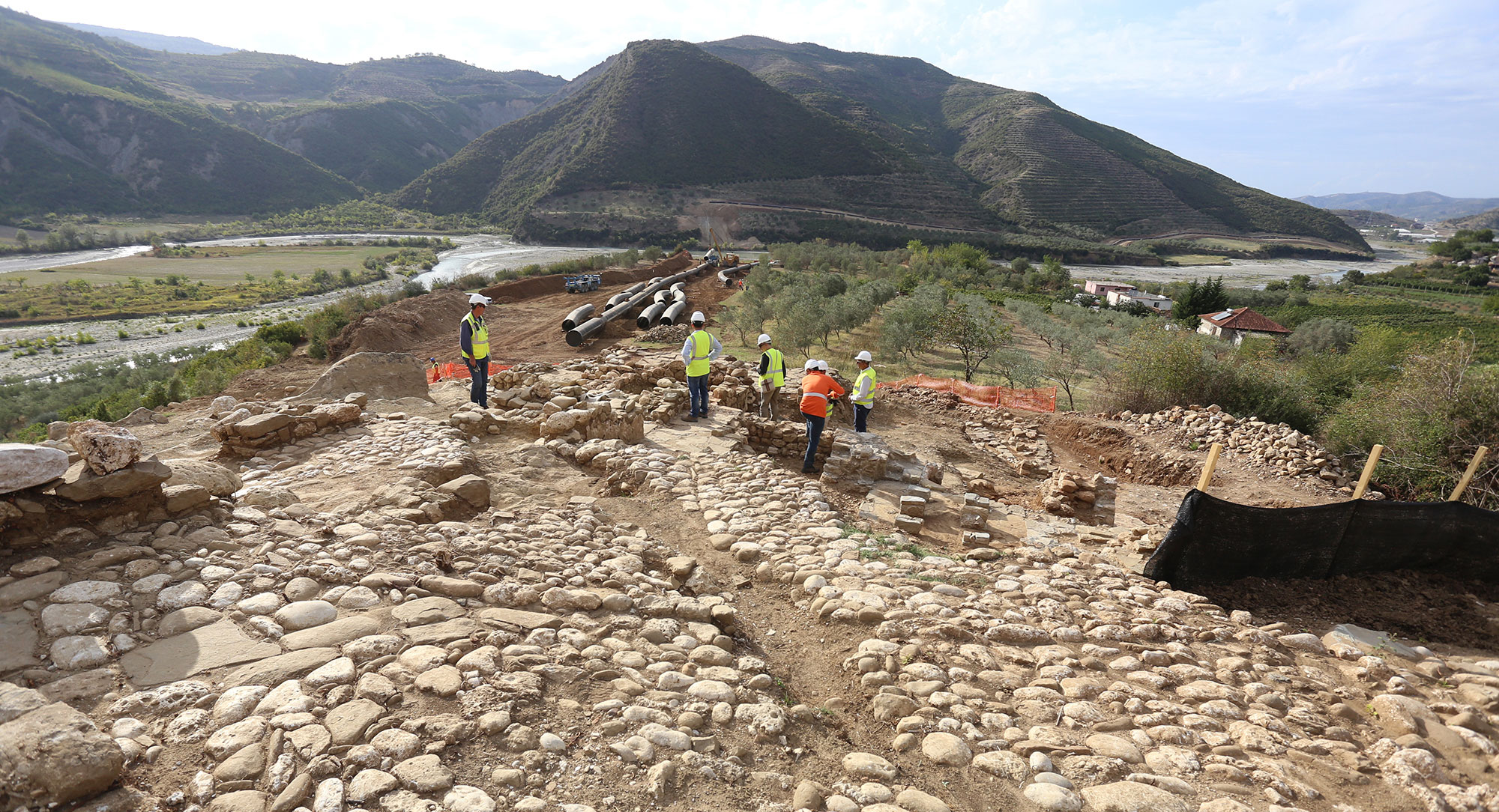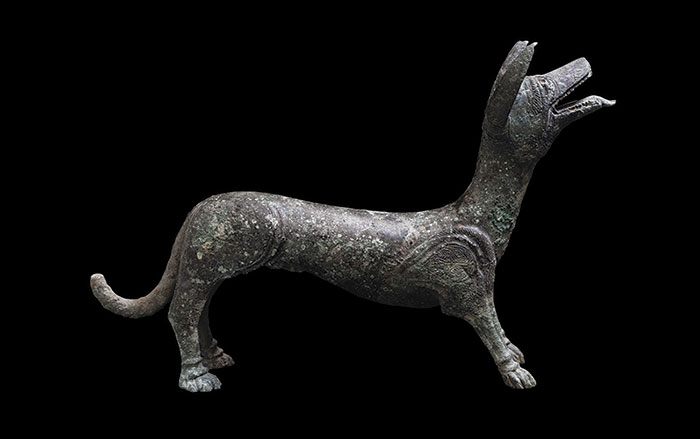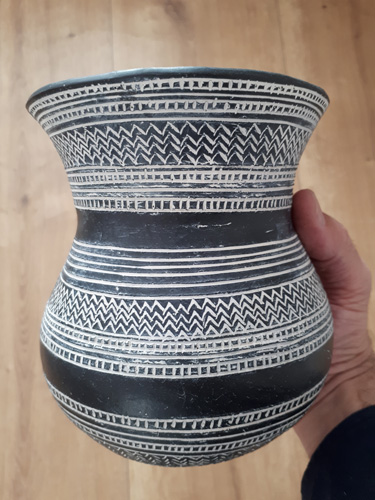
CAMBRIDGE, MASSACHUSETTS—According to a report in The Guardian, an international team of more than 100 scientists sampled DNA obtained from more than 400 prehistoric skeletons in order to study the spread of Beaker culture some 4,500 years ago. Archaeologists have long wondered if the telltale bell-shaped pottery marked the spread of culture through trade and imitation, or if the pottery was spread by mass migrations. Ian Armit of the University of Bradford said that on the European continent, the DNA samples the team extracted did not closely match those from Beaker burials, so Beaker culture probably did not travel with Beaker genes. But in Britain, the DNA of the people buried with beakers was different from the DNA obtained from earlier Britons, who may have been dying out before the arrival of the Beaker people. The oldest-known beakers have been found on the Iberian Peninsula, but DNA from burials there did not match the DNA found in Central Europe. “This is the first clear example from ancient DNA that pots do not always go hand-in-hand with people,” said David Reich of Harvard Medical School. For more on the use of DNA in archaeological research, go to “A Viral Fingerprint.”




